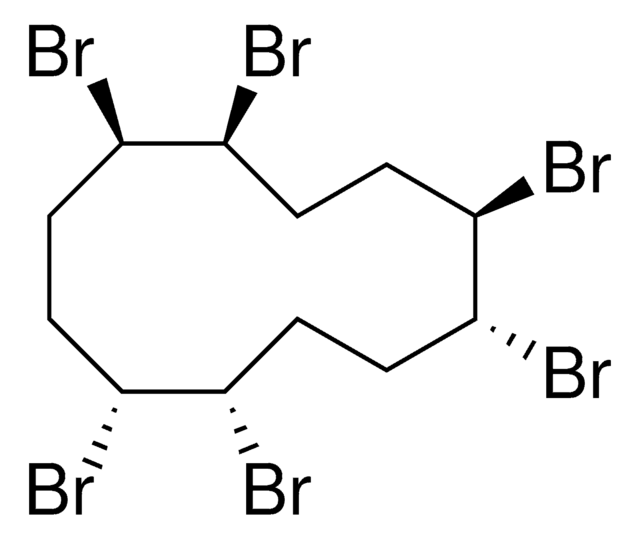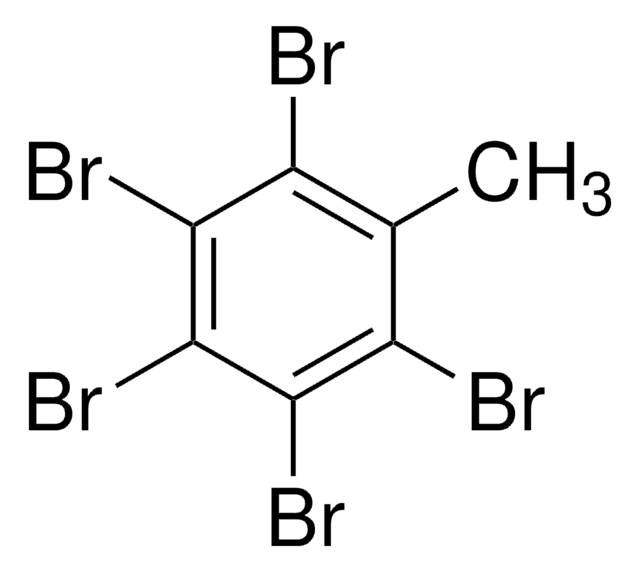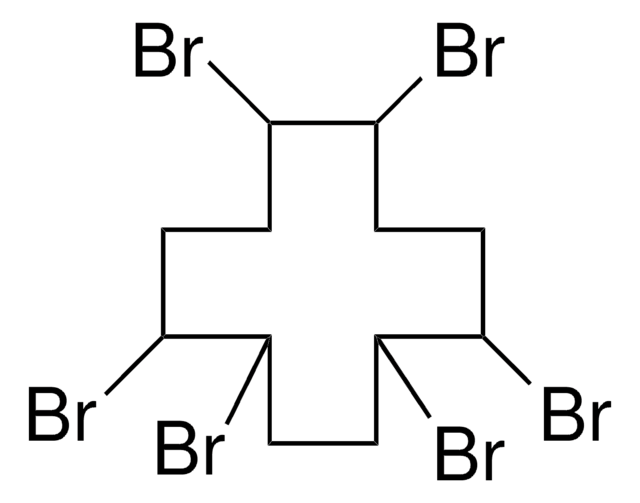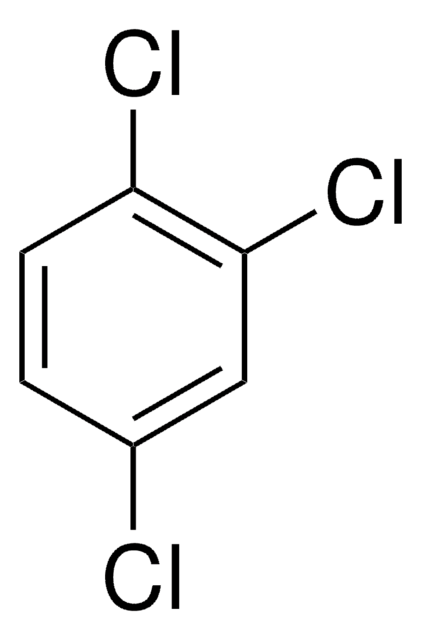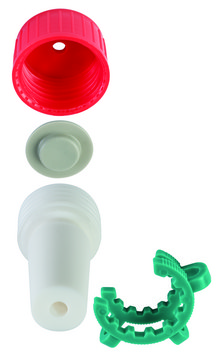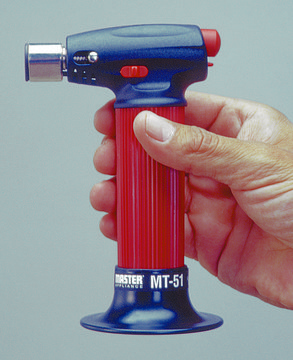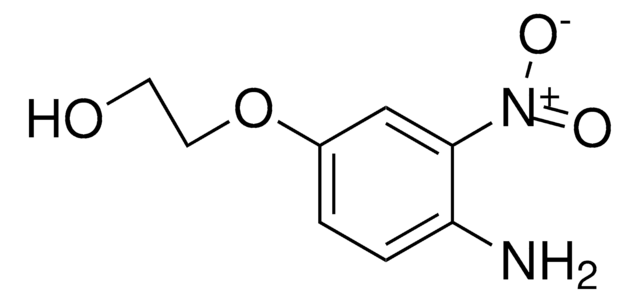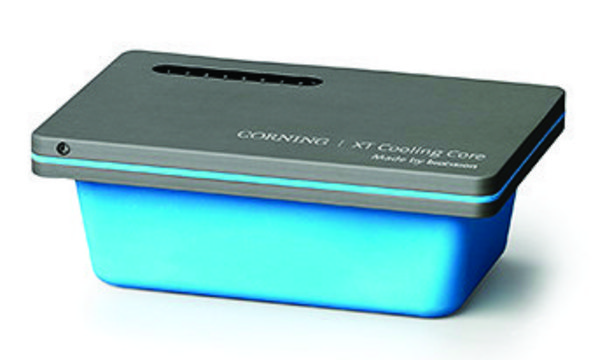144762
1,2,5,6,9,10-Hexabromocyclododecane
95%
Synonym(s):
HBCD, HBCDD
Sign Into View Organizational & Contract Pricing
All Photos(1)
About This Item
Empirical Formula (Hill Notation):
C12H18Br6
CAS Number:
Molecular Weight:
641.70
Beilstein:
1911324
EC Number:
MDL number:
UNSPSC Code:
12352100
PubChem Substance ID:
NACRES:
NA.22
Recommended Products
Assay
95%
solubility
acetone: soluble 25 mg/mL, clear, colorless to light yellow
water: slightly soluble
SMILES string
BrC1CCC(Br)C(Br)CCC(Br)C(Br)CCC1Br
InChI
1S/C12H18Br6/c13-7-1-2-8(14)10(16)5-6-12(18)11(17)4-3-9(7)15/h7-12H,1-6H2
InChI key
DEIGXXQKDWULML-UHFFFAOYSA-N
Looking for similar products? Visit Product Comparison Guide
General description
1,2,5,6,9,10-Hexabromocyclododecane(HBCD) is a brominated flame retardant. It is used in the textile industry and polystyrene foam manufacturing. Electrochemical reduction of HBCD at carbon and silver cathodes has been studied using cyclic voltammetry and controlled-potential electrolysis.
Application
1,2,5,6,9,10-Hexabromocyclododecane(HBCD) was used to compare the efficiency of different advanced extraction techniques for the recovery of brominated flame retardants from styrenic polymers. It was used to study the kinetics of the thermal and photolytic segregation of HBCD using HPLC.
Biochem/physiol Actions
1,2,5,6,9,10-Hexabromocyclododecane enhances the diet-induced body weight gain and metabolic dysfunction via disruption of lipid and glucose homeostasis in mice fed normal diet or high-fat diet.
Signal Word
Warning
Hazard Statements
Precautionary Statements
Hazard Classifications
Aquatic Acute 1 - Aquatic Chronic 1 - Lact. - Repr. 2
Storage Class Code
11 - Combustible Solids
WGK
WGK 3
Flash Point(F)
Not applicable
Flash Point(C)
Not applicable
Personal Protective Equipment
dust mask type N95 (US), Eyeshields, Gloves
Regulatory Information
监管及禁止进口产品
Choose from one of the most recent versions:
Already Own This Product?
Find documentation for the products that you have recently purchased in the Document Library.
Electrochemical reduction of 1, 2, 5, 6, 9, 10-hexabromocyclododecane at carbon and silver cathodes in dimethylformamide.
Wagoner ER, et al.
Journal of Electroanalytical Chemistry, 713, 136-142 (2013)
Biyan Wang et al.
Environmental pollution (Barking, Essex : 1987), 267, 115677-115677 (2020-12-02)
This study was designed to evaluate the sensitivities of diverse cell lines on DNA damage effects and genotoxic effects of three brominated flame retardants (BFRs) and three metal ions (Cu2+, Cd2+, Hg2+) by comet assay. First, THP-1 was identified as
Kenneth Arinaitwe et al.
Environmental science & technology, 48(3), 1458-1466 (2014-01-10)
High volume air and precipitation samples were collected close to the shore of Lake Victoria at Entebbe, Uganda, between October 2008 and July 2010 inclusive. Polybrominated diphenyl ethers (PBDEs) and alternative flame retardants (AFRs) were analyzed by GC-MS. BDEs 47
Sabine Sévère et al.
SpringerPlus, 4, 27-27 (2015-02-04)
Invasive breast carcinoma is the most common cancer in women as in non-ovariectomised pet dogs, which are already identified as a valuable spontaneous preclinical model for that disease. Geographical and time trends suggest that environmental factors may play an important
Franky Puype et al.
Food additives & contaminants. Part A, Chemistry, analysis, control, exposure & risk assessment, 32(3), 410-426 (2015-01-20)
In order to confirm the possibility that recycled fractions from the waste electrical and electronic equipment (WEEE) stream were illegally entering the European market in black polymeric food-contact articles (FCAs), bromine quantification, brominated flame retardant (BFR) identification combined with WEEE-relevant
Our team of scientists has experience in all areas of research including Life Science, Material Science, Chemical Synthesis, Chromatography, Analytical and many others.
Contact Technical Service